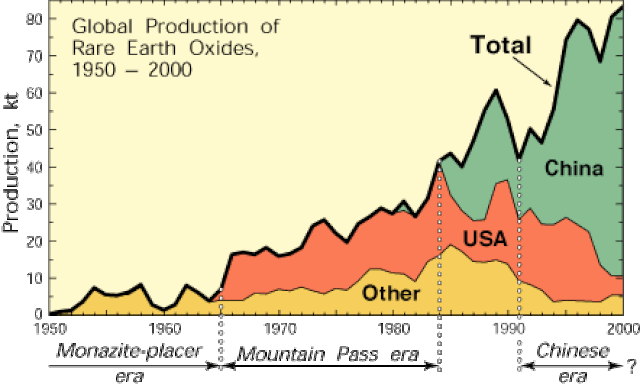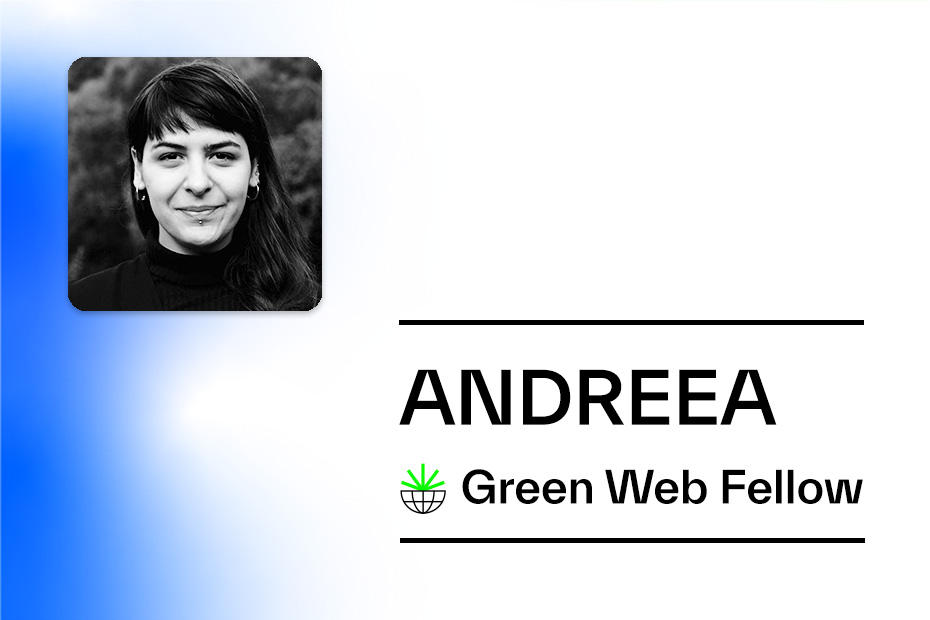A good way to begin exploring our narratives as Internet practitioners is by describing our underlying assumptions around technology, as well as the visceral responses that arise when we are posed with a conflict to it. For example, we are increasingly considering the Internet as a global environmental threat, but we all have different responses when asked about how to respond to it.
These assumptions make up the lenses through which we view the world, so not only do we take them for granted, but we find them very hard to change. If we are to create materials for Internet practitioners to reflect and self-assess their actions as stakeholders around this issue, we must start by considering different views and assessing their own.
A lot of thinking around these subjects can be found within the Appropriate Technology (AT) movement. This movement was born and grew, due in part to the environmental threats posed by industrialization in the 1970s. Sadly, most of the pessimistic predictions of the impact of technology on society have come to pass in these five decades, but it has left us a lot of ideas that we can apply to our current situation, one of which is the view of social responses to technical dilemmas posed by Clarke (1973), which tries to consider how society views technology in relation to themselves and the environment.
According to this model, there are many possible responses to the dilemmas brought by the development and growth of technology. Originally envisioned as a model to address industrialization, it may be useful to adapt to the current risks posed by a growing Internet. This is especially useful as we consider the responses that different Internet practitioners show depending on the school of thought they either pledge allegiance to or admire; they can also be influenced by the social aspects that surround the technologies that they work on. Some of these responses are:
- Acknowledging that we are willing to pay all threats posed by technology to the environment. It could be due to the belief that technology or progress cannot be stopped, due to us not wanting to, or because we believe we don’t hold the power to do so. It also brings up the idea that new is better, or that the ultimate goal of humanity is to advance through technology. For example, we might believe that we must hold on to the Internet no matter the costs.
- Using tech to solve tech. One example of this is to think that if the Internet is using too much fosil fuels, perhaps by building the right apps to measure or regulate consumption we’ll be able to solve it. There are many ways on which this assumption is visible not only as a personal but also as an organizational view for which lots of funding is available for startups or in academia.
- Trying to reduce technology at all costs. Believing that the costs of technology are too high and therefore, we must consider de-digitizing society, similar to how the solution to traffic is to stop using cars and the solution to plastic in oceans is to stop using plastics altogether.
- Believing in alternative possibilities to the current state of technology. This is seen, for example, when advocating for more renewable energy sources, more efficient networks and computers, computing alternative that use less minerals, just business models, and so on.
- Finally, a reframing of the technology-pollution problem. Clarke poses in this regard that finding solutions to technology isn’t the issue, since “pollution is a symptom of capitalism, not of poor technology.” All politically minded responses that address the underlying social and power structures that give way to technology can be categorized in this response.
Needless to say, all of these assumptions have a time and place to be appropriate, because what may work in one situation, might not work in another. For this reason, we must admit that since this is a complex problem, it will be difficult to pin down any solutions as categorically good or bad.
However, considering all these alternatives will help us self-assess our own beliefs about technology in relation to society and the environment. This in turn will help us understand others’ standpoints as well and to build a solution to the Internet, either by cherishing it as a technology that we should never give up, by considering reducing its use, or by considering a cleaner digital future.
References
- Smith, A. (2005). Environmental Movements and Innovation: From Alternative Technology to Hollow Technology. Human Ecology Review, 12(2), 106–119.
- Clarke, R. (1973). The Pressing Need for Alternative Technology. Impact of Science on Society, 23(4), 257–271.



